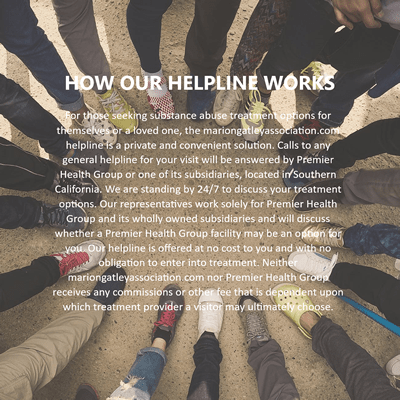It’s been several years since recreational marijuana was legalized in Colorado and Washington, during which time the rest of the nation has been watching closely to see what effects the legalization might have. One question on many minds is whether legalization will impact the number of people driving while high.
As with alcohol or any other kind of drug, driving while under the influence of marijuana is dangerous, and can land someone in a jail cell or addiction recovery center with a DUID. When a driver is under the influence of marijuana, their reaction time, peripheral vision, motor coordination, and judgment are impaired. Most worryingly, brain function in the prefrontal cortex is harmed. The prefrontal cortex is where executive function takes place—or how a person organizes, decides, and acts on complex information—and is definitely needed for the difficult, constantly changing, multitasking act of driving, which often requires a steady stream of quick, informed decisions.
However, as law enforcement struggles to keep up with the reality of legalized and regulated pot, there’s no breathalyzer equivalent to test levels of THC (the psychoactive ingredient in marijuana) in a driver’s bloodstream, and there’s even some disagreement over what the legal limit of THC should be. Current standards in Colorado and Washington place the limit at 5 nanograms of THC per millimeter of blood, but people metabolize THC differently, and THC can linger in the bloodstream for days, weeks, and even months after use, meaning that someone who is perfectly sober but smoked a joint a week ago may test positive for THC. Other limitations mean that it’s difficult for police officers to practically test for marijuana impairment on the roadside, and people who should go to drug rehab are let off.
The concern about marijuana-impaired driving is relevant in the U.S. today. According to the National Institute on Drug Abuse, marijuana is the illicit drug most often involved in car accidents, and as rates of drunk driving are decreasing, rates of driving under the influence of marijuana are increasing. According to Time, the National Highway Traffic Safety Administration reported in 2015 that 12.6% of weekend nighttime drivers had THC in their system, compared to 8.6% in 2007. Among young adults, the statistics are stark. According to the National Institute on Drug Abuse and the 2011 Monitoring the Future Study, high school seniors are more likely to drive after consuming marijuana than alcohol. 12.4% reported driving after using marijuana in the past two weeks, compared to 8.7% who drove after drinking alcohol in the same time frame.
If you or someone you love is addicted to drugs or alcohol, please contact our understanding representatives at Intervention Drug Rehab Association today. The only way to end the vicious cycle of addiction is to get treatment at an addiction treatment facility. Our luxury drug rehab program will walk with you through the process of recovery, including detox, education, groups, learning practical skills, and more. Make the brave decision to fight against addiction today, and gain a solid foundation for sustained sobriety.



